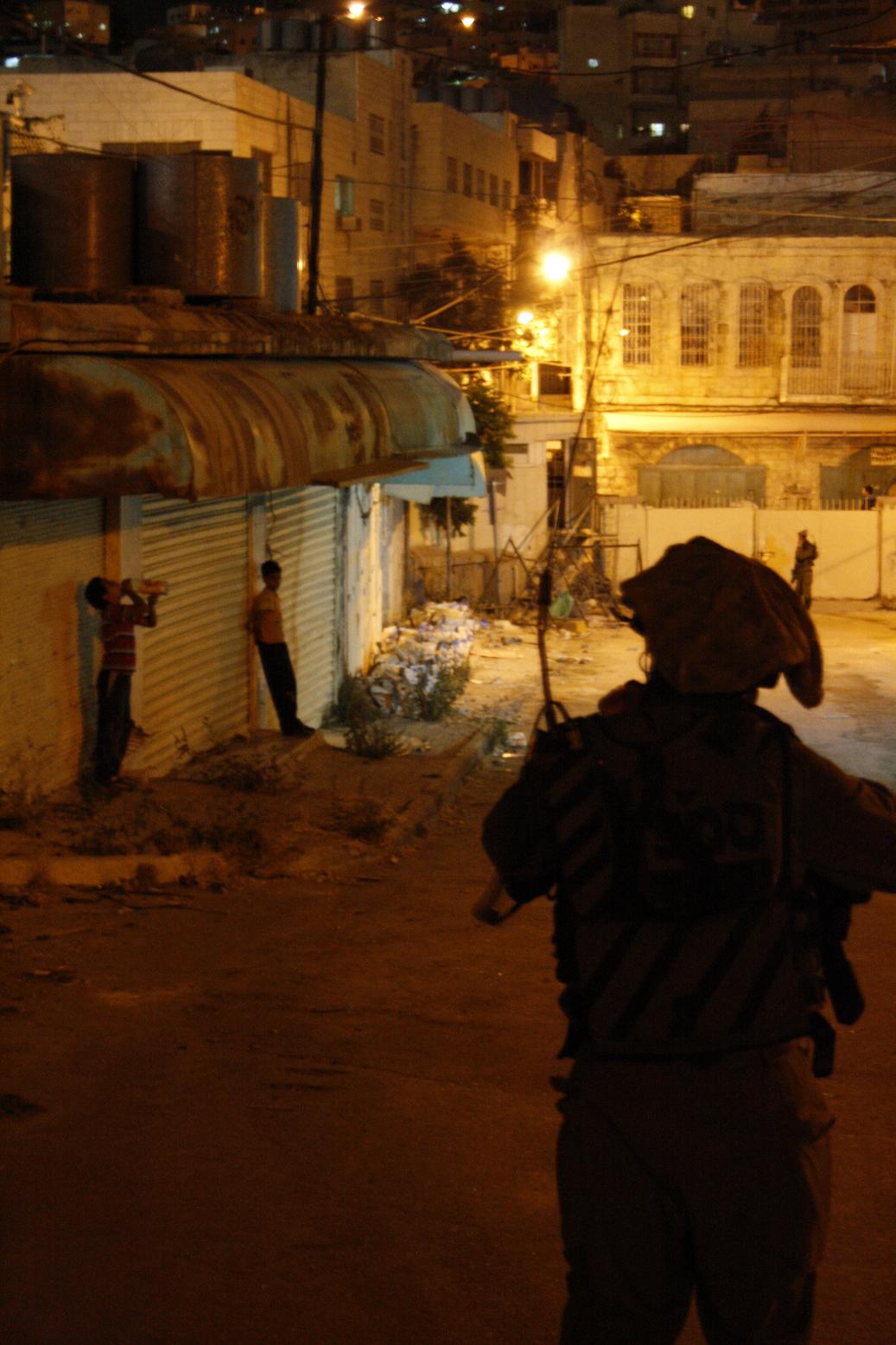Tag: Children
-
Witness to a child arrest in occupied Hebron
24th June 2013 | International Solidarity Movement, Khalil Team | Hebron, Occupied Palestine Since coming to the West Bank I had heard a lot about the Israeli army detaining and arresting children. Despite this, the first time I saw it myself, I was amazed. Amazed that people – young soldiers – could intimidate, harass and…
-
Israel bars children over eight from visiting fathers in prison
15th June 2013 | The Electronic Intifada, Joe Catron | Gaza City, Occupied Palestine On 20 May, Obeida Shamali visited his father, Ahmad Abd Alraheem Shamali, in Israel’s Nafha prison. It was the first time they had seen each other since Israeli forces captured Ahmad in August 2008. “I was very happy,” the seven-year-old said. He was…
-
“We are the army…we will catch you or we will come to your house” – Soldiers threaten children of Kafr Qaddum
7th June 2013 | International Solidarity Movement, Nablus Team | Kafr Qaddum, Occupied Palestine In the early hours of the 7th June, the Israeli military conducted a night raid on the village of Kafr Qaddum for what is reportedly the tenth time in the last three weeks. This follows threats made by soldiers against children…


